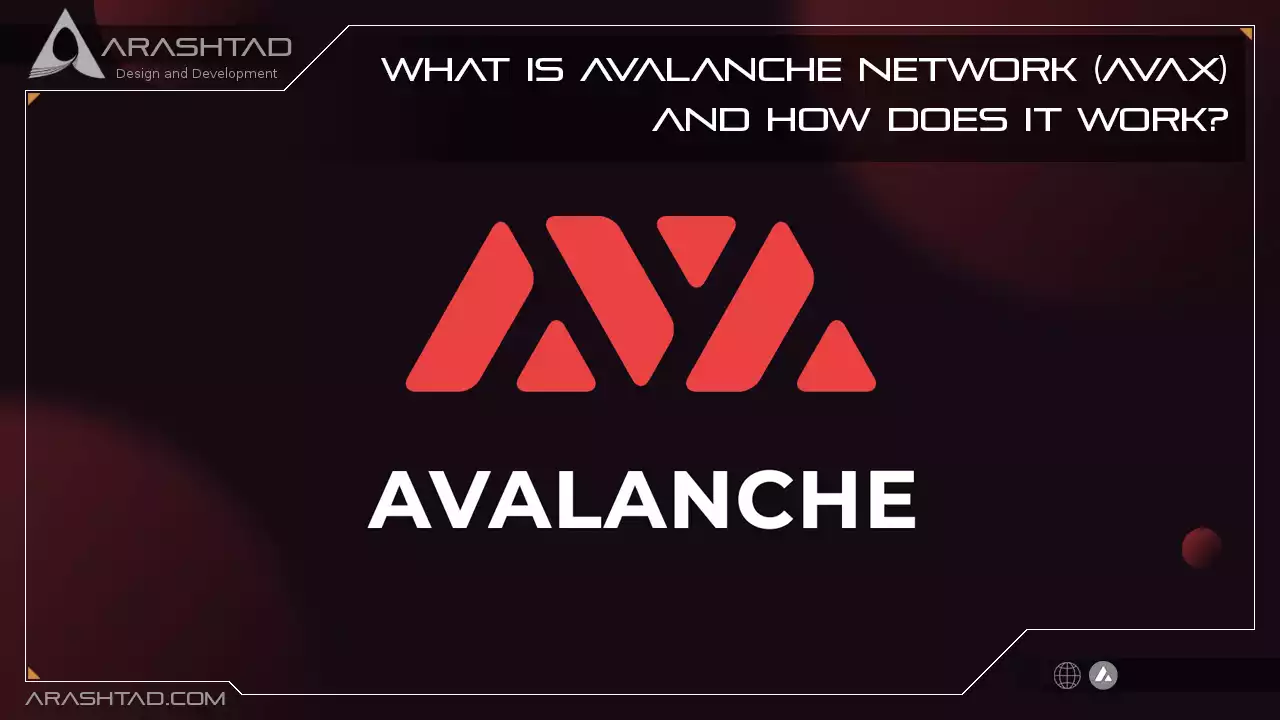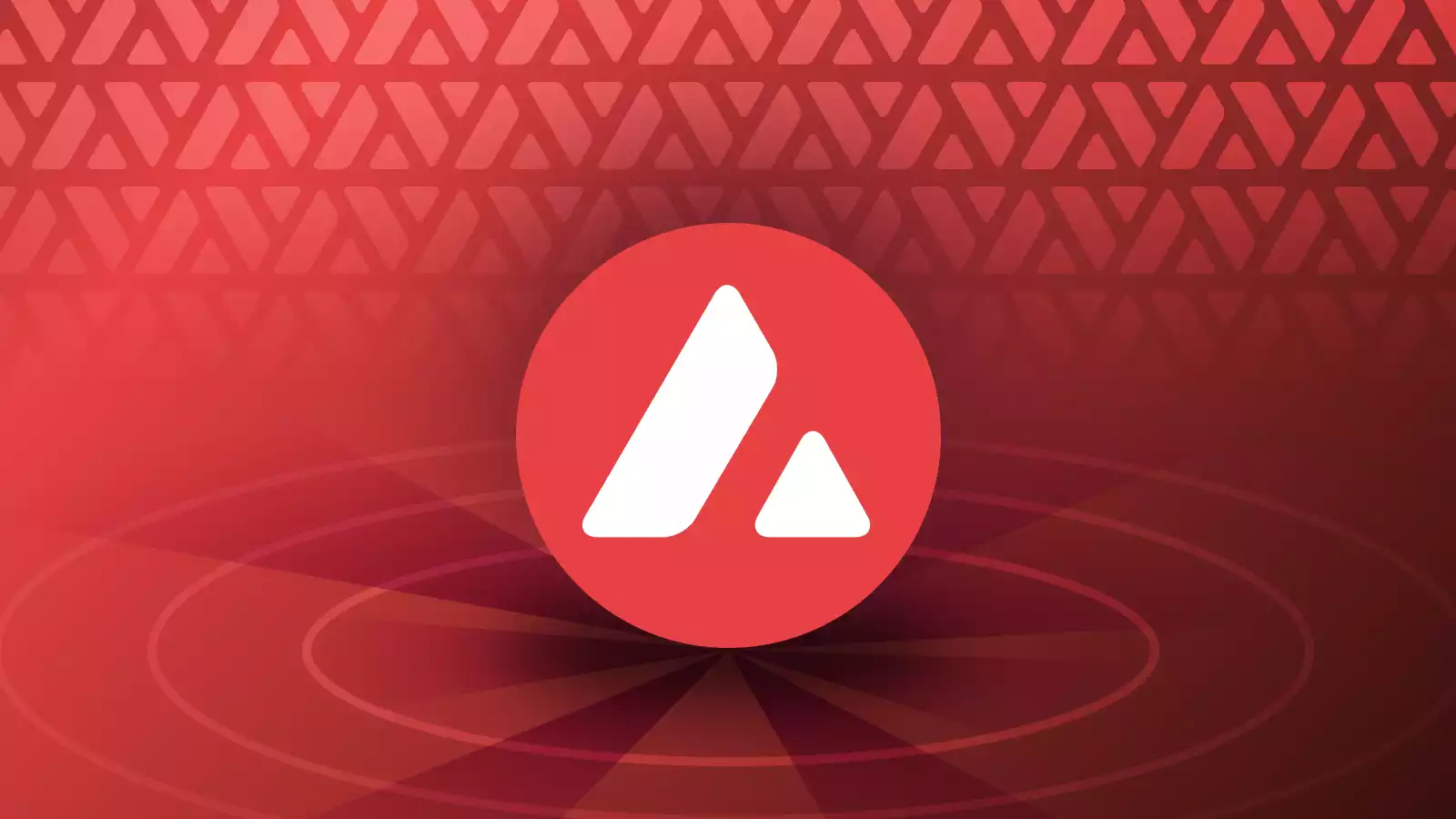What Is Avalanche Network (AVAX), and How Does It Work?
The Avalanche blockchain platform’s unique Proof of Stake (PoS) mechanism addresses the blockchain trilemma of scalability, security, and decentralization. As with Ethereum, Avalanche also supports smart contracts for deploying decentralized applications (dApps). We describe the Avalanche network in this article, how it works, and why it is different.
What Is Avalanche (AVAX)?
The Avalanche blockchain platform, launched in 2020 by Ava Labs, is smart contract ready and aims to provide a scalable blockchain solution while maintaining security and decentralization, focusing on lower costs, fast transaction speeds, and eco-friendliness. Avalanche has quickly gained popularity in cryptocurrency, with Avalanche TVL currently valued at $8.41 billion. In addition to Avalanche (AVAX), several consensus mechanisms are used in Avalanche. The Avalanche platform allows users to build an unlimited number of customized and interoperable blockchains. Subscription fees are required to operate an Avalanche blockchain.What is Avalanche crypto used for?
AVAX is the native token of the Avalanche ecosystem. The token serves as the ecosystem’s medium of exchange, typically used for transaction fee collection, incentives, and many other purposes. Additionally, it serves to secure the network by staking AVAX. It is then possible for holders to earn passive income on the network by staking AVAX. Some users stake AVAX to earn passive income.How does Avalanche (AVAX) work?
Avalanche consists of three blockchain networks, but its reason also needs to be understood. Each Avalanche’s network is designed to handle a single task instead of loading a single blockchain to control everything. Distributing tasks across the platform achieves the holy trinity of security, decentralization, and scalability. Avalanche has always strived for the fastest time to finality as a company. In simpler terms, the duration of the crypto transaction processing. As soon as Avalanche achieves finality, the transaction is ‘final’ as it cannot be reversed or altered. Whereas Ethereum achieves finality in one minute, Avalanche can do it in one second. In this article, we will examine the Avalanche network’s three blockchains:1. Exchange Chain (X-chain)
Exchange Chain, better known as X-Chain, is used by Avalanche for creating and transacting its assets. AVAX, the native token of Avalanche, is the most famous cryptocurrency on the network. However, JOE and PNG are also popular. As with the Ethereum network, every transaction on the Exchange Chain is paid in AVAX crypto. AVAX is always used on the X-Chain, regardless of whether you use PNG or JOE tokens.2. Contract Chain (C-Chain)
As a result of the scalability and security offered by smart contracts, developers use the Avalanche network to create decentralized apps. With C-Chain’s EVM compliant smart contracts, anyone can use Ethereum’s smart contracts on the Avalanche network. It is crucial because Ethereum apps, including DeFi titans Aave, can be deployed on Avalanche easily. After deploying Ethereum smart contracts, developers can use Avalanche’s features while using Ethereum tools.3. Platform Chain (P-Chain)
It is possible to build a layer 1 or 2 blockchain with the Platform Chain, or P-Chain. This network allows developers to push the limits and create multiple blockchains. P-Chain is the main subnet common to all of the subnets in Avalanche. Avalanche subnets also validate the Platform Chain since P-Chain keeps track of all validators and maintains the space of these subnets.Advantages of Avalanche (AVAX)
The main benefits of Avalanche are derived from how it was designed. With its unique structure, the Avalanche network addresses the common problems of blockchains.Security (P-Chain)
The randomized nature of Avalanche’s consensus mechanism ensures stronger security guarantees well above the 51% standard of other networks. Based on Avalanche’s claims, its platform supports more robust security measures, making it less vulnerable to 51% attacks than other blockchains.Scalability (P-Chain)
The blockchain is capable of 4,500 transactions per second, more than the current blockchains. It takes considerable computing power and energy to mine Bitcoin (BTC), for instance. A single Ethereum transaction can only be processed 15 times per second. Because of these limitations, these blockchains are not scalable. In contrast, Avalanche was designed to be scalable and can process transactions in sub-seconds.Smart Contract Support
Create Solidity smart contracts using Remix, Metamask, Truffle, and other Ethereum tools.Speed
Cornell computer scientists developed a novel consensus protocol that permanently confirms transactions in less than one second.Flexibility
The ability to create custom blockchains and decentralized apps based on almost any arbitrary logic is a great feature.Disadvantages of Avalanche (AVAX)
Security Issues
The system is still hackable. There have been attacks on individual Alache projects, including the Zau Finance platform.Centralization
The possibility of centralization. Several nodes may delegate tasks to third parties, causing further centralization by hoarding nodes and thereby creating large node holders.Jiant Competitors
Platforms like Ethereum pose stiff competition.Node Difficulties
There is a staking requirement of 2000 AVAX tokens for Avalanche validators.No punishment for malicious
Validators who are malicious or careless will never lose their AVAX.To Summarize
There is no doubt that Avalanche (AVAX) is one of the fastest and most scalable cryptocurrencies offered today. It rivals Ethereum and is known for its speed and scalability. The Avalanche network seeks to distinguish itself in a crowded market of cryptocurrencies and blockchains by focusing on decentralization, security, and scalability. It is the ideal blockchain creation tool for enterprise level companies. Additionally, its blockchain’s inclusive nature and technical features make it stand out in the market. Decentralized applications and independent blockchains are both supported by Avalanche’s smart contracts platform.Download this Article in PDF format

Arashtad Custom Services
In Arashtad, we have gathered a professional team of developers who are working in fields such as 3D websites, 3D games, metaverses, and other types of WebGL and 3D applications as well as blockchain development.
Arashtad Services
Drop us a message and tell us about your ideas.
Fill in the Form
Blockchain Development


